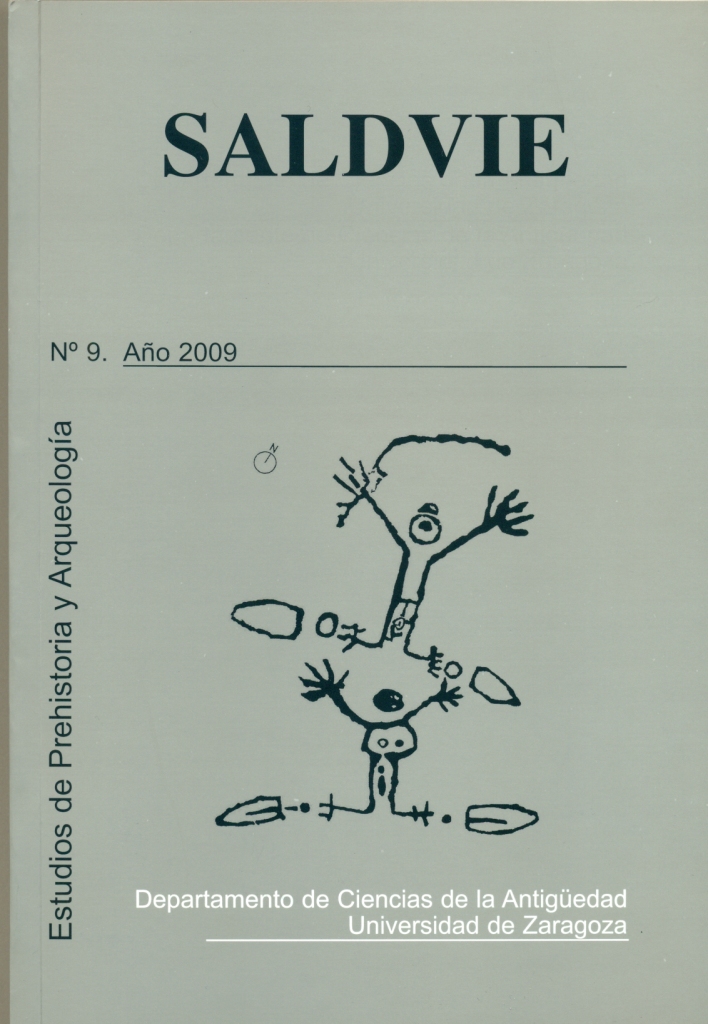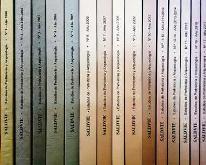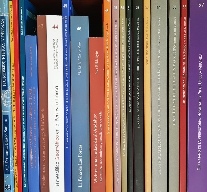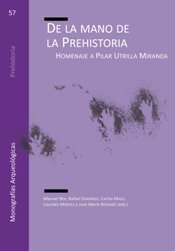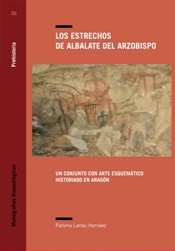El arte rupestre de la Edad del Hierro en la Península Ibérica y su problemática: aproximación a sus tipos, contexto cronológico y significación
DOI:
https://doi.org/10.26754/ojs_salduie/sald.200996586Keywords:
Arte rupestre de la Edad del Hierro, Península Ibérica, Distribución geográfica, Tipología, Aparato iconográfico, Contexto arqueológico, Cronología, Funcionalidad, SignificaciónAbstract
Con este trabajo pretendemos llamar la atención sobre un nuevo círculo artístico dentro de nuestro arte rupestre postpaleolítico: El arte de la Edad del Hierro. Las diferentes manifestaciones rupestres, pintadas o grabadas que se reparten por la geografía peninsular a lo largo del primer milenio a. C. son objeto de análisis; también se enumera y ordena el complejo aparato iconográfico de los yacimientos conocidos. Por último se plantean diversas cuestiones sobre su contexto arqueológico y cronológico para establecer un intento de periodización de este tipo de arte parietal, a la vez que se describen posibles teorías sobre su funcionalidad y significación.
Downloads
Downloads
Published
How to Cite
Issue
Section
License
Copyright (c) 2022 Salduie

This work is licensed under a Creative Commons Attribution-NonCommercial-NoDerivatives 4.0 International License.
SALDUIE retains the copyright of the published articles, authorizing the use, dissemination, transmission and public display of their content, provided that the authorship, url and journal are cited, and that they are not used for commercial purposes. The right to reproduce the articles in hard copy, portable document format (.pdf) or HTML editions of JoS is also reserved. The authors agree with the license of use used by the journal, as well as with the conditions of self-archiving and its open access policy.
